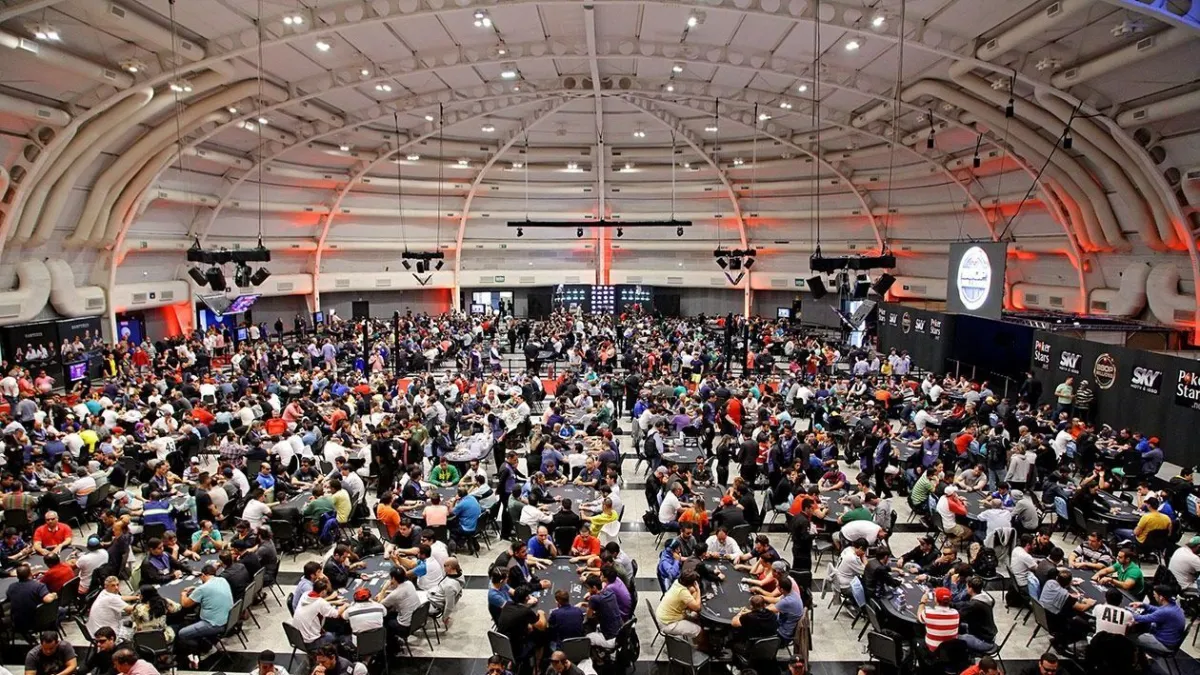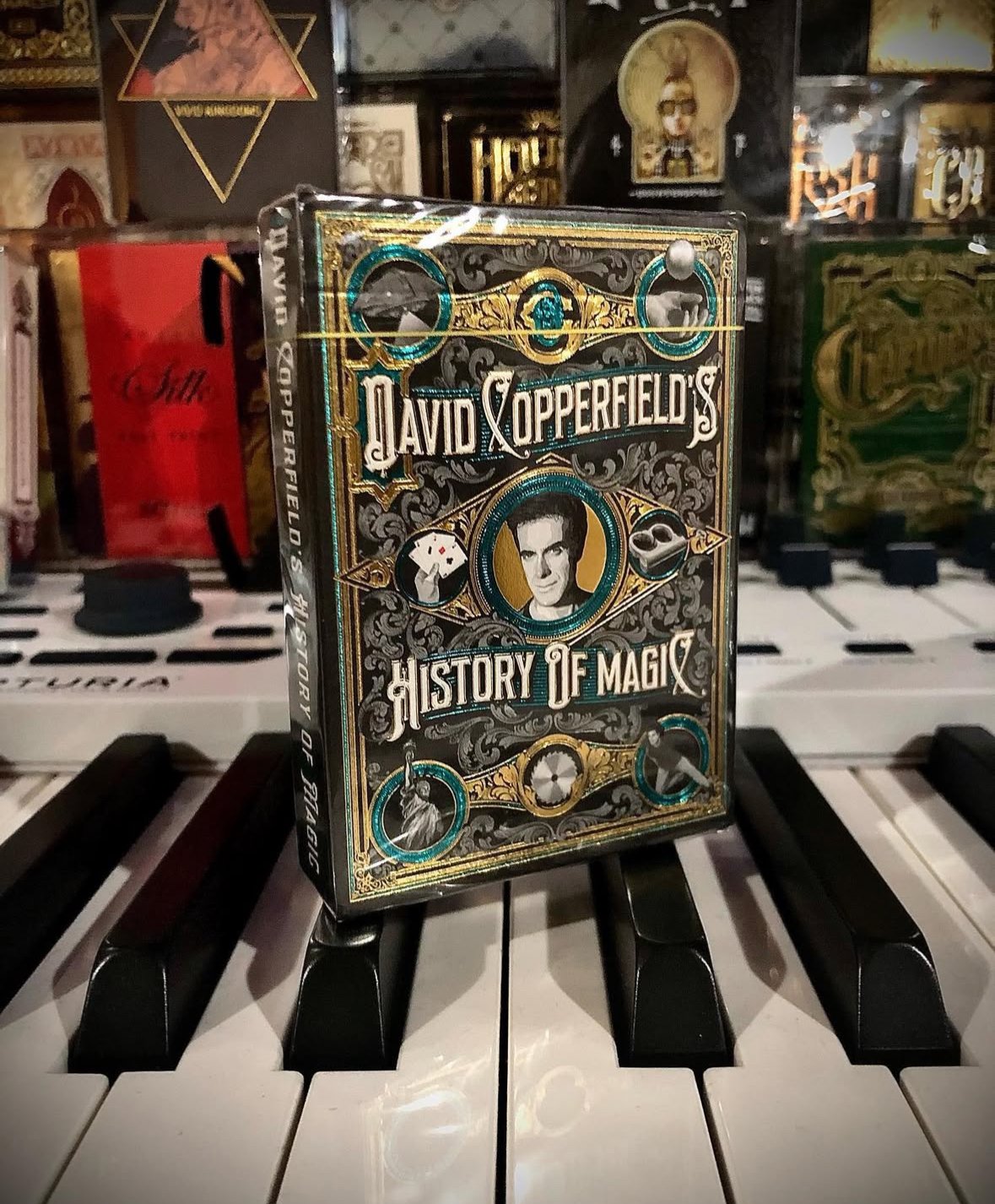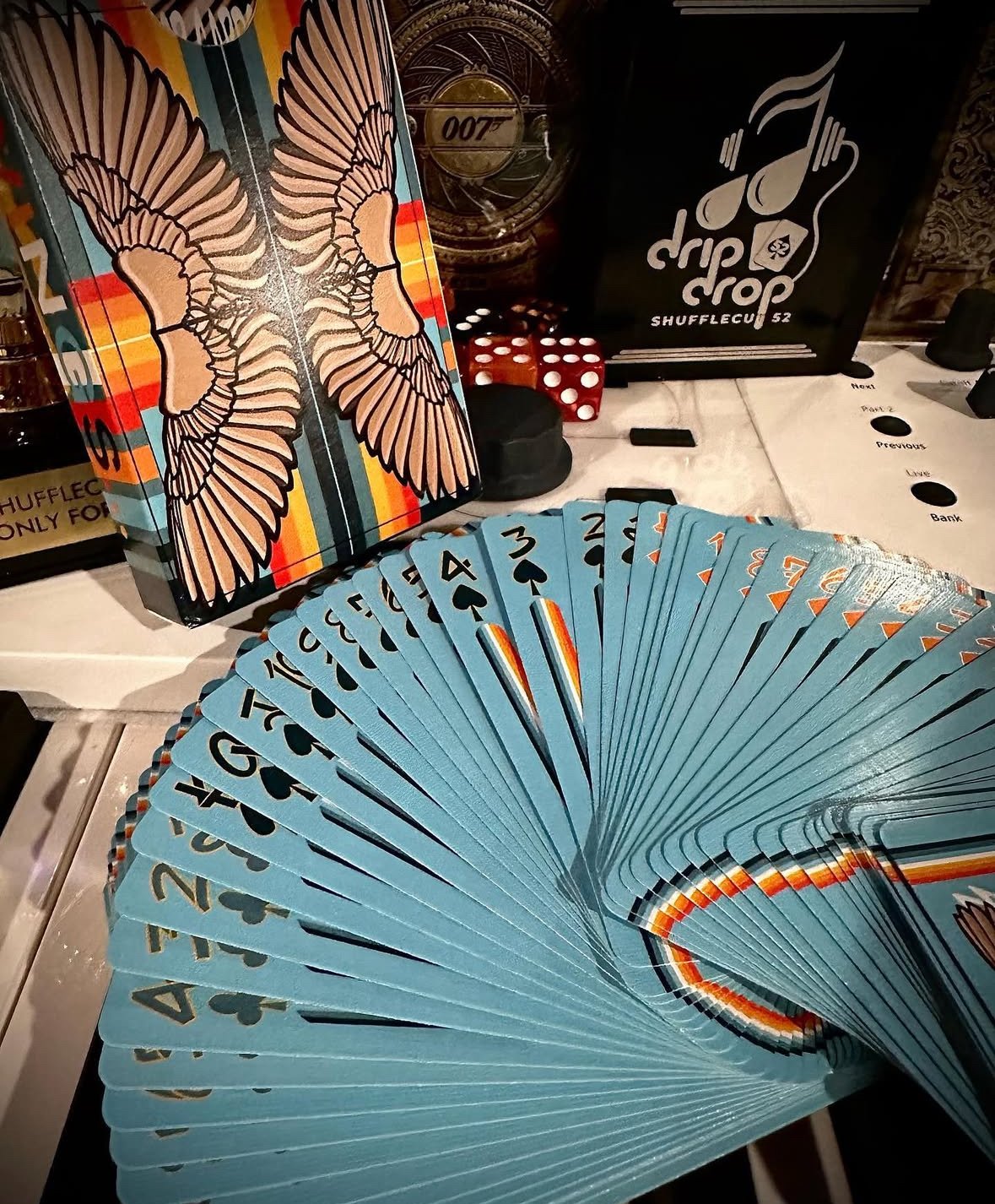Not every bluff happens at the poker table.
Sometimes, it unfolds on a stage, in front of a mesmerized audience, with a card that vanishes, reappears, changes suits, or jumps from a pocket into a lemon.
It’s the same deck. But in the right hands, it becomes sorcery.
The art of performing magic with cards — known as cardistry or card magic — is almost as old as the deck itself. Since playing cards arrived in Europe in the 14th century, they’ve been tools of enchantment. But unlike poker, where the goal is to win, here the triumph lies in something else entirely: to deceive, beautifully.
♦ Where It All Began
The first records of card tricks appear in 15th-century France and Spain, where street performers and bored aristocrats amused themselves with small illusions. By the 16th century, as salons and Parisian cafés flourished, the tricks grew more sophisticated.
In 1584, Englishman Reginald Scot published The Discoverie of Witchcraft, the first Western book to describe card magic tricks — including marked cards, false shuffles, and sleight-of-hand misdirection. Ironically, the book’s purpose was to disprove witchcraft — to show that it was all technique and human manipulation. But for the audience, it still looked like magic.
♠ Magicians or Illusionists?
In the 19th century, figures like Jean Eugène Robert-Houdin (considered the father of modern magic) brought card tricks into the spotlight. In the 20th century, American legend Dai Vernon, known as “The Professor,” revolutionized the craft, creating techniques that remain untouchable even today.
Over time, magicians became pop icons.
Ricky Jay, who could throw a card through wood.
David Blaine, who pulled an ace out of a sealed bottle.
Derren Brown, who bluffed with the human mind.
All of them built a bridge between the real and the impossible — with 52 reasons to question logic.
♥ Illusion, Power, and the Beauty of the Lie
The magic of cardistry isn’t just in the trick — it’s in the silent agreement between magician and audience: “I know you’re going to fool me, and I still want to watch.”
It’s theatrical bluffing. A surrender to awe.
In an age of AI and augmented reality, watching a card disappear in someone’s bare hands remains — and may always be — a primal thrill. A reminder that the eyes can be deceived, but wonder is real.
And that brings us back to poker, where every player is also a kind of magician.
There are hidden cards, hand movements, microexpressions. There’s psychology, control, and above all, performance.
In the end, the magician and the poker player play the same game: the one where you make it look like you’ve got something you don’t.
Historical references and sources:
- Scot, Reginald. The Discoverie of Witchcraft. 1584.
- Steinmeyer, Jim. Hiding the Elephant: How Magicians Invented the Impossible and Learned to Disappear. Carroll & Graf, 2003.
- Jay, Ricky. Cards as Weapons. Darien House, 1977.
- Lamont, Peter & Wiseman, Richard. Magic in Theory. Hermetic Press, 1999.












